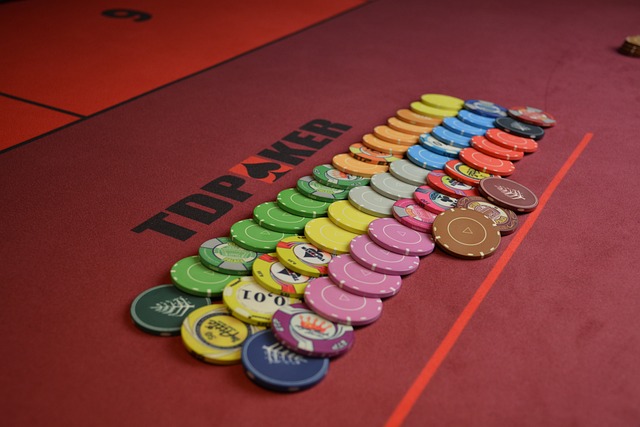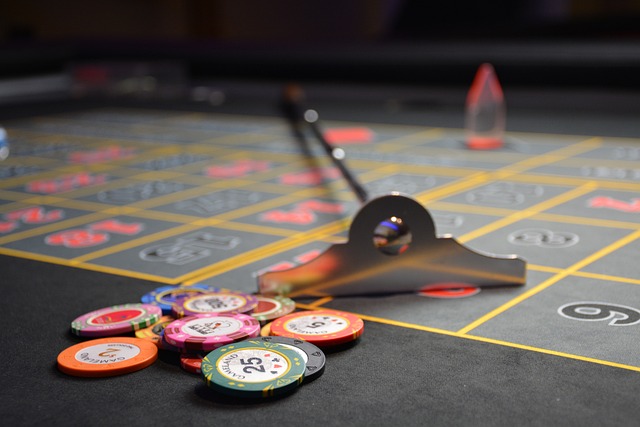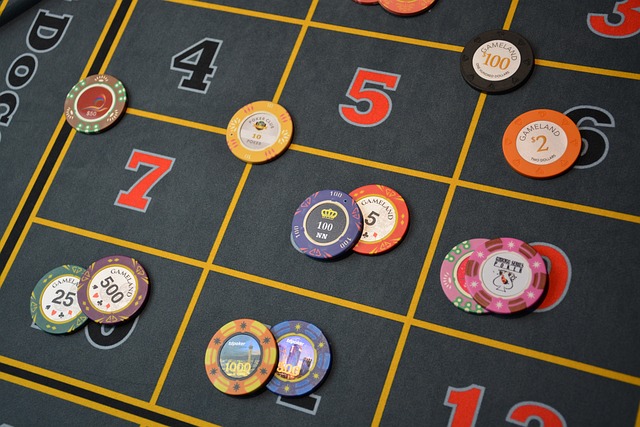Throughout history, European courts have been the scene of numerous scandals and intrigues, many of which revolved around the seductive world of betting. Many centuries the corridors and sumptuous halls of royal palaces were theaters of gambling, where nobles and monarchs delighted in bets, sometimes with historic consequences.
The Roman Roots of Gambling: An Imperial Art
In the cobbled streets and sumptuous halls of ancient Rome, gambling was not simply a pastime, but an almost sacred ritual, steeped in charm and mystery. This practice insinuated itself into the folds of Roman society, involving both the common people and the elite. The emperors themselves, almost mythological figures in the collective imagination, were devoted to the game, transforming dice into symbols of power and omens of destiny.
Among these, the emperor Claudius emerged as an icon of this passion. His predilection for dice was not just a hobby, but a true obsession. It is said that Claudio, in the heart of his palace, immersed himself in long gaming sessions, where the dice rolls resounded like thunder, announcing fortunes and ruins. His dedication was such that, according to rumors of the time, he dedicated an entire written work to the strategy and philosophy of playing dice, thus confirming his position not only as emperor of Rome, but also as the undisputed master of a art that challenged the gods themselves.
The passion for gaming in medieval courts

During the Middle Ages, gambling became a fixture in European courts. Kings and queens often attended game nights, where power and cunning were tested around gaming tables. A notable example is that of Henry VIII of England, whose love of the game was as well known as his temperament.
Henry VIII: A king at the gaming table
Henry VIII of England was an avid gambler. His passion for the game even led him to lose the bell tower of San Paolo in a bet. These episodes reflect not only his impulsive nature but also the centrality of gambling in medieval courts.
Gambling in the Renaissance courts

In the sumptuous halls of the Renaissance, card playing was as much a question of skill as style. European nobility used these games to display not only their luck, but also their wit and sophistication. Often, the bets were complex and could include land, titles, and even marriage vows.
The 18th Century: The Golden Age of Aristocratic Gambling
In the 18th century, gambling became a true cultural phenomenon in European courts. Casinos and gaming halls spread throughout Europe, becoming centers of social and political life. This period also saw the birth of some of the most well-known betting games.
Casinos and scandals: Stories of nobles and players
18th century casinos were places of luxury, intrigue, and sometimes scandal. Stories of nobles losing fortunes, marriages ruined, and alliances forged around gambling tables were commonplace. These places were not just centers of entertainment, but true crossroads of destinies and decisions that could influence history.
